CD Projekt Red has nabbed Cyberpunk, but here are 5 other punks that deserve games
How have other genres interpreted humanities relationship with technology?
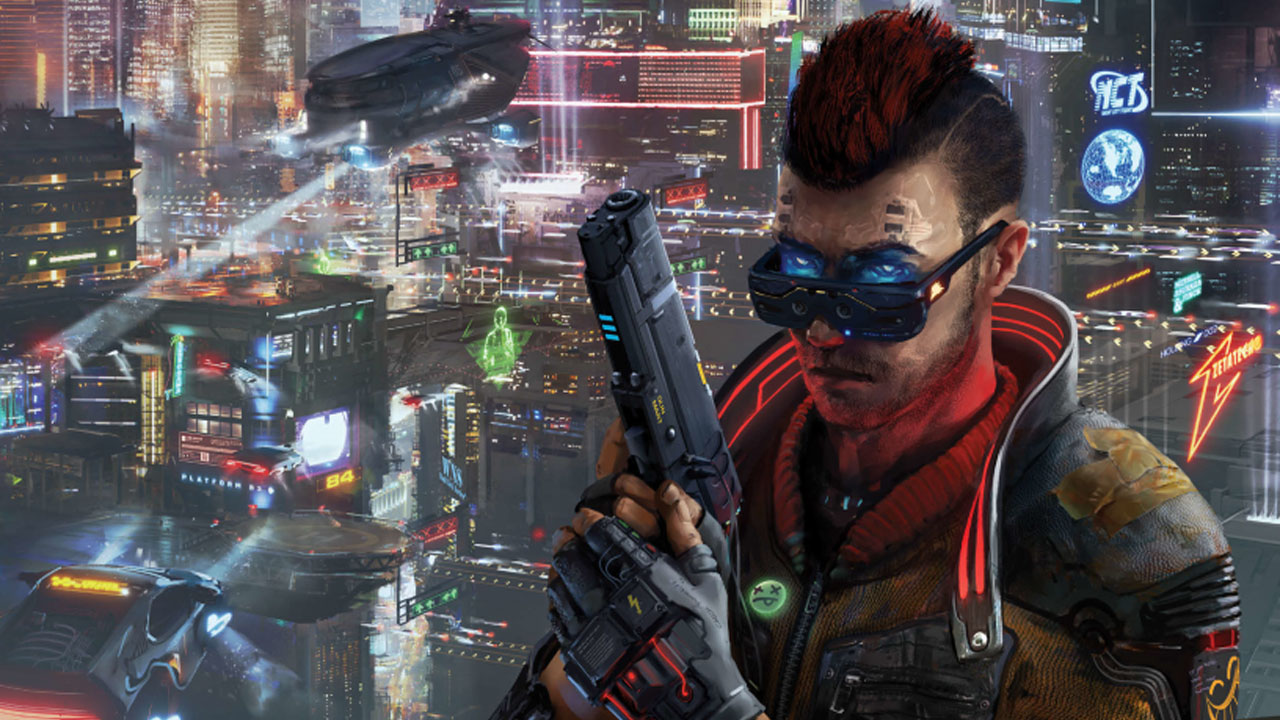
Naming your game after a well-established genre is a gutsy move, but CD Projekt Red's Cyberpunk 2077 is shaping up to be one of the biggest cyberpunk stories in gaming history.
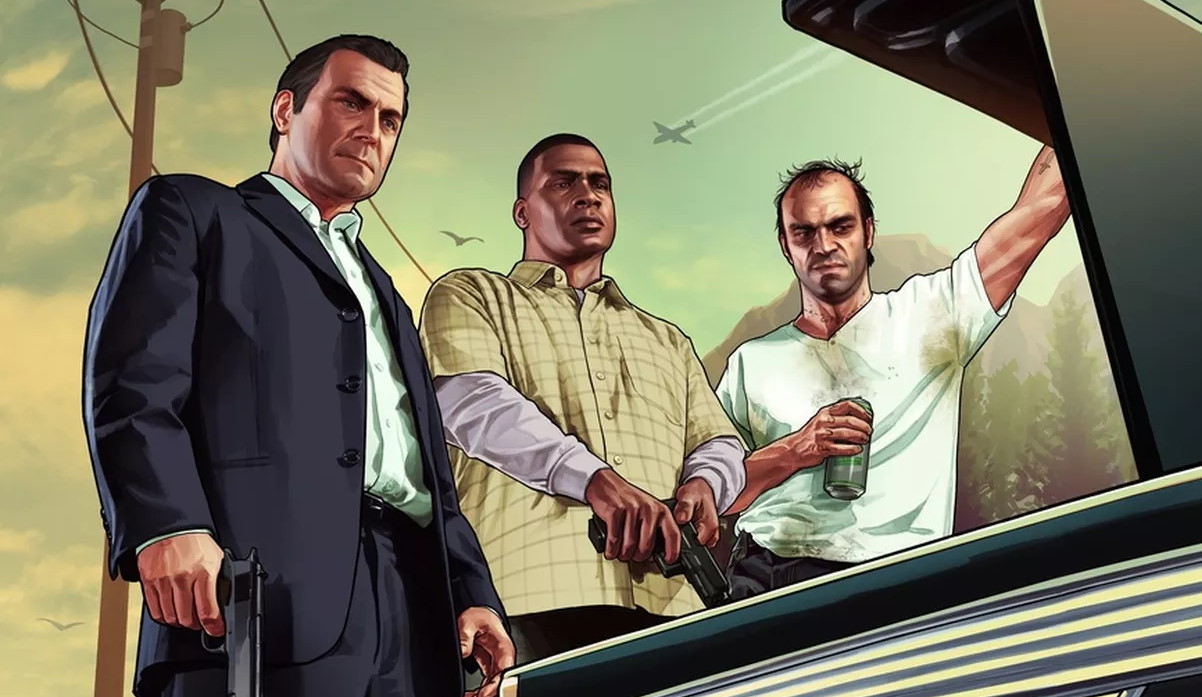
Best PC games: All-time favorites
Best free PC games: Freebie fest
Sims 4 cheats: Life hacks
GTA 5 cheats: Phone it in
GTA 6: Grand theft next
2021 games: This year's launches
Taking into account everything we know about Cyberpunk 2077, the open-world RPG looks like it's crawling with seedy criminals, shady corporations, cybernetic limbs, and neon streets, as well as tackling all those spectacularly dense themes of transhumanism, AI, and the dismantling of corporate and governmental hierarchies—you know, the usual.
With CD Projekt Red taking on one of the biggest sci-fi genres, what other 'punk' derivatives are left for the taking? A lot, apparently. Over the past few days, I've fallen down a rabbit hole of cyberpunk derivatives. But before we dive into real-world body hacking, frills from 18th century France, and Buck Rogers, here are some punk genres that games have explored.
Steampunk is one of the big cyberpunk sub-genres and games like BioShock Infinite, Dishonored, and Sunless Sea have taken major inspiration from it's Victorian-era industrial steam-powered world. Wolfenstein and games like Iron Harvest take on the gritty and dirty industrial aesthetics of Dieselpunk. The Fallout series is famous for its retro-futuristic imagining of Atompunk, and then there's 11-bit Studio's own genre, Frostpunk—Victorian industrialisation meets frozen ecological crisis.
Whether they are fully-fledged worlds or have more of a focus on aesthetics, here are some more punk genres that deserve a gaming spotlight.
Solarpunk
Many derivatives of cyberpunk are retrofuturistic in their worldbuilding, pulling on ideas and aesthetics from the past (looking directly at you, Victorian era). But what makes Solarpunk special is that it is firmly set in the future.
Solarpunk envisions an optimistic future that directly tackles environmental concerns with renewable and sustainable energy sources. Instead of a bleak wasteland, Solarpunk is bright and hopeful. But just because climate change and pollution have been solved doesn't mean that everything is a utopia. This is what could make Solarpunk an interesting backdrop for games. Instead of bashing you over the head with how awful everything is, Solarpunk is about worlds that are so close to being perfect but fall just short. I can totally see this making a great backdrop for a sprawling RPG.
The biggest gaming news, reviews and hardware deals
Keep up to date with the most important stories and the best deals, as picked by the PC Gamer team.
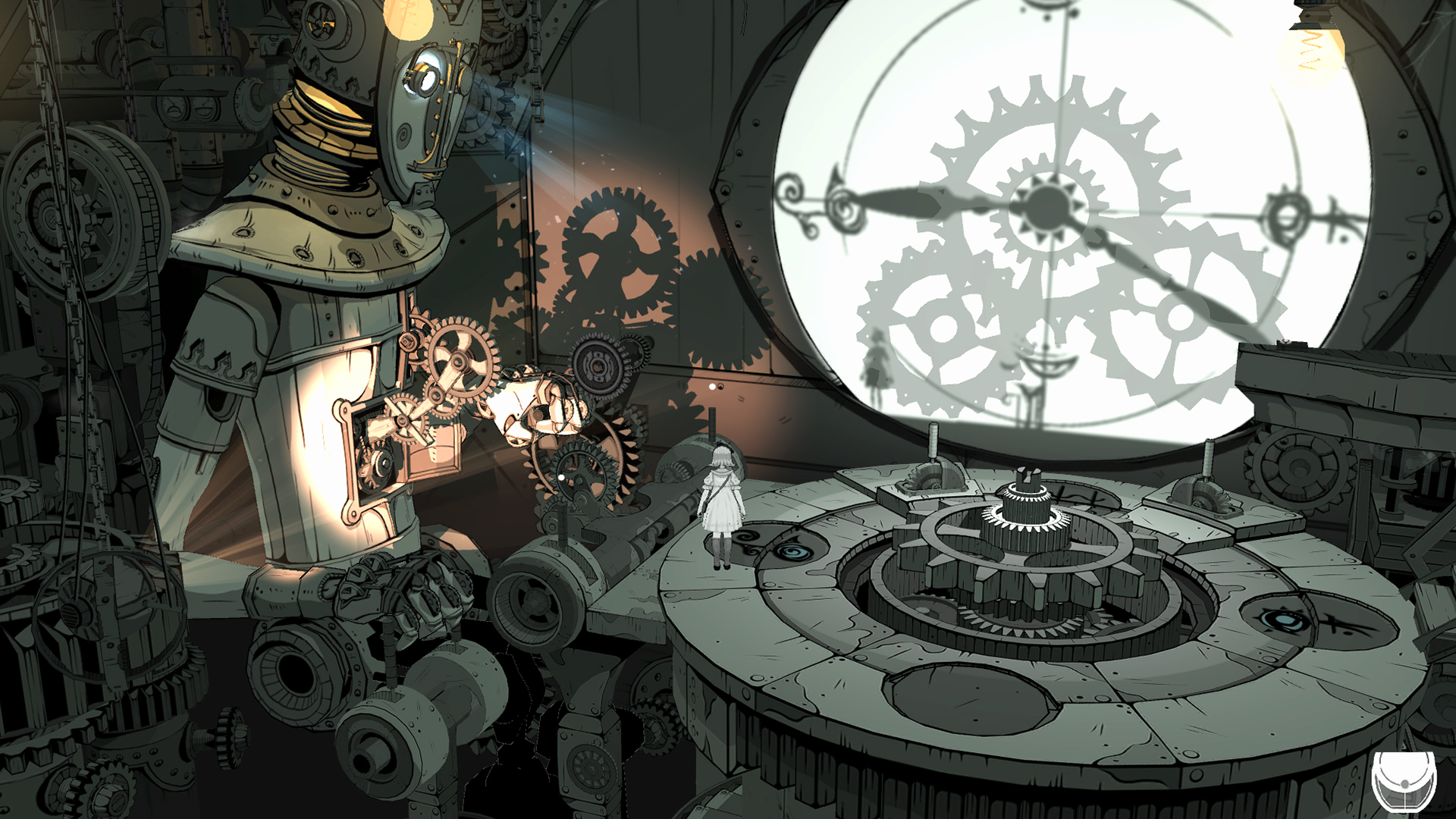
Clockpunk
For whatever reason, a core feature of many punk genres is what resource is used to power technology, but Clockpunk is less focused on steam, diesel, or electric-run mechanics and more on basic technology. Clockpunk is all about intricate mechanisms—like the interlocking gears of a pocket watch, the intricacies of automatons, or the detailed sketches of Da Vinci. There's also just a general focus on beautiful, delicate machinery, and Dimitriy Khristenko's mechanical bugs are an amazing example of something that would fit perfectly into the clockpunk aesthetic.
There's not much in terms of world-building to Clockpunk, but the genre makes a great foundation for worlds that have light fantasy elements, such as magic or alchemy, which can act as the world's main power resources. It's emphasis on visual design also makes it perfect for puzzle games like Magnum Opus.
Rococopunk
More of a visual aesthetic than a loosely defined alternate reality, Rococo Punk takes inspiration from the whimsical visual style of the Rococo period. It's used in a similar way to Decopunk (think the glossy interiors of BioShock) in that it's purely just a look rather than a philosophy. Visually, the genre involves theatrical outfits with lots of dramatic frills with building interiors having lots of grand, sweeping curves and gold trimming. There's not a pair of greasy goggles in sight.
It sounds super classy, but I'm not sure what makes it particularly 'punk'. Then again, there were lots of brutal beheadings in 18th century France at the height of Rococo's popularity, and having your head chopped off for wanting to dismantle the French monarchy is pretty punk.
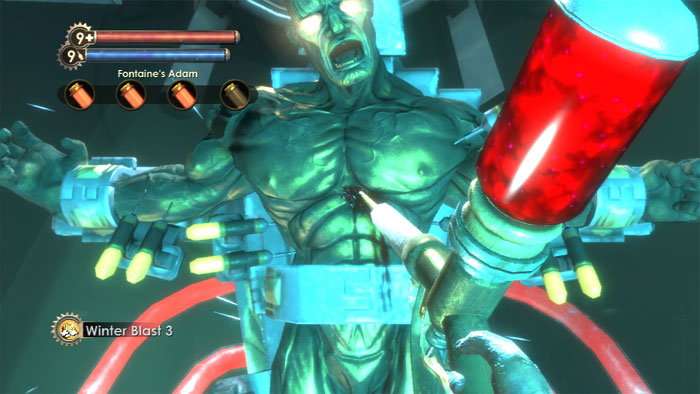
Biopunk
Biopunk is all about the wonderful world of biohacking which involves modifying the human body through biological means. This form of human experimentation involves 'hacking' your own body in hopes of improving your physical or mental state. The genre also includes themes of corporate and governmental control over body modification and genetic engineering.
BioShock totally has the Biopunk corner covered, but then after reading this totally bonkers Vox article about real-world biohackers there's so much more that writers can draw from. There's a wealth of source material for Biopunk in the real world too, like Silicon Valley's $8,000 young blood transfusions where an older person pays for a young person's blood to be pumped into their body as some sort of 'elixir of life' because why not? I don't think I'll ever get over reading that anytime soon.
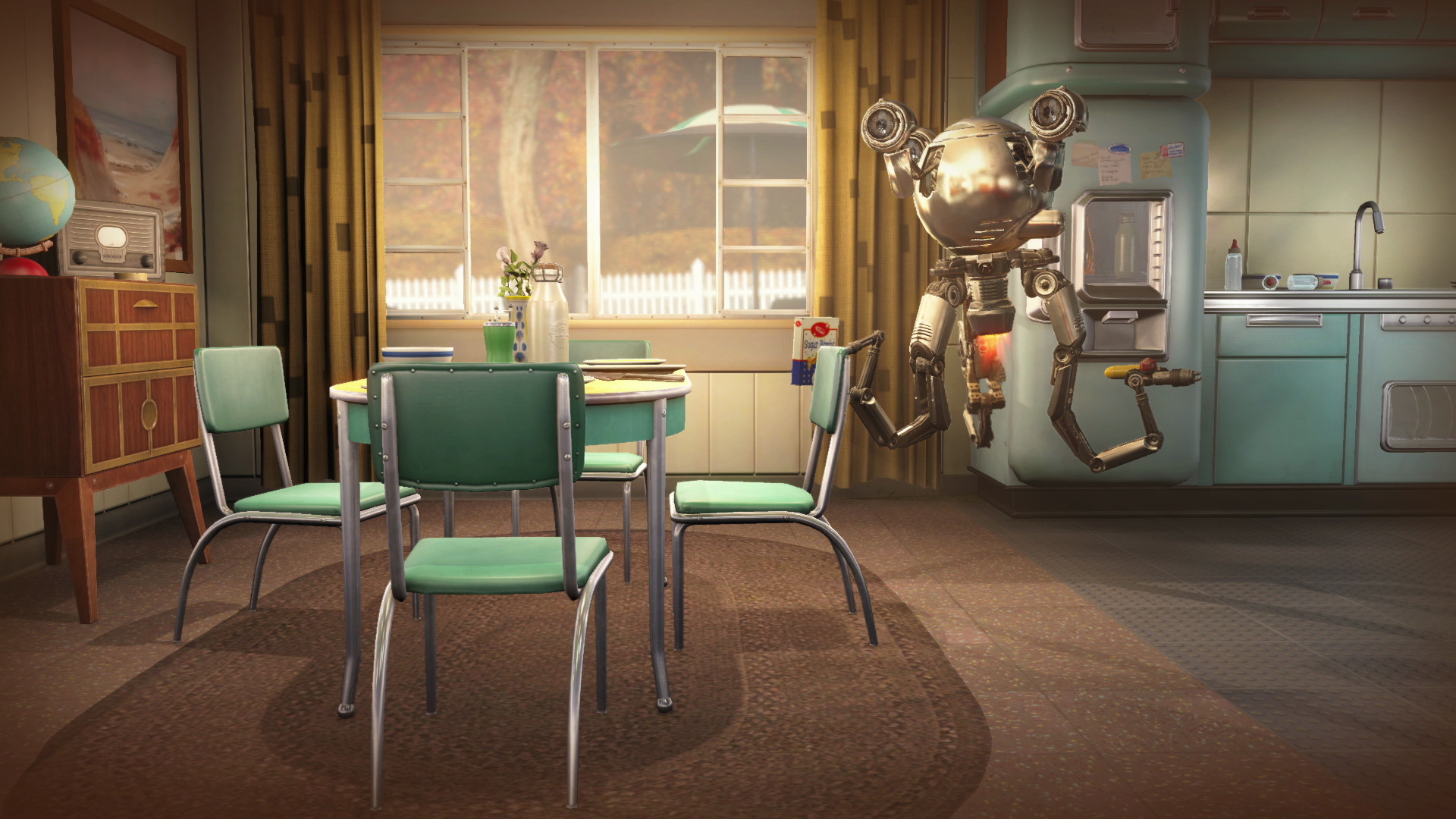
Raypunk
Taking inspiration from Atompunk, Raypunk is one of the more outlandish punk genres and focuses on far-future science fiction with a distinct retro twist. Its aesthetic is close to mid-20th century pulp science fiction like the original Star Trek series or the Jetsons—anything featuring brightly colored rayguns, flying cars, and clunky talking robots.
It's not all Buck Rogers, though. Raypunk (known also as Raygun Gothic) can be surreal and dark, which sounds far more interesting honestly. Rick Remender's comic book Low is the closest piece of media I know of that captures the genre's "world of tomorrow" aesthetic while still being pretty bleak and serious.
Bonus: Stonepunk
I honestly don't really understand this one, but this Wikipedia page cites The Flintstones as part of the Stonepunk genre so that makes it legit, apparently.
Rachel had been bouncing around different gaming websites as a freelancer and staff writer for three years before settling at PC Gamer back in 2019. She mainly writes reviews, previews, and features, but on rare occasions will switch it up with news and guides. When she's not taking hundreds of screenshots of the latest indie darling, you can find her nurturing her parsnip empire in Stardew Valley and planning an axolotl uprising in Minecraft. She loves 'stop and smell the roses' games—her proudest gaming moment being the one time she kept her virtual potted plants alive for over a year.


